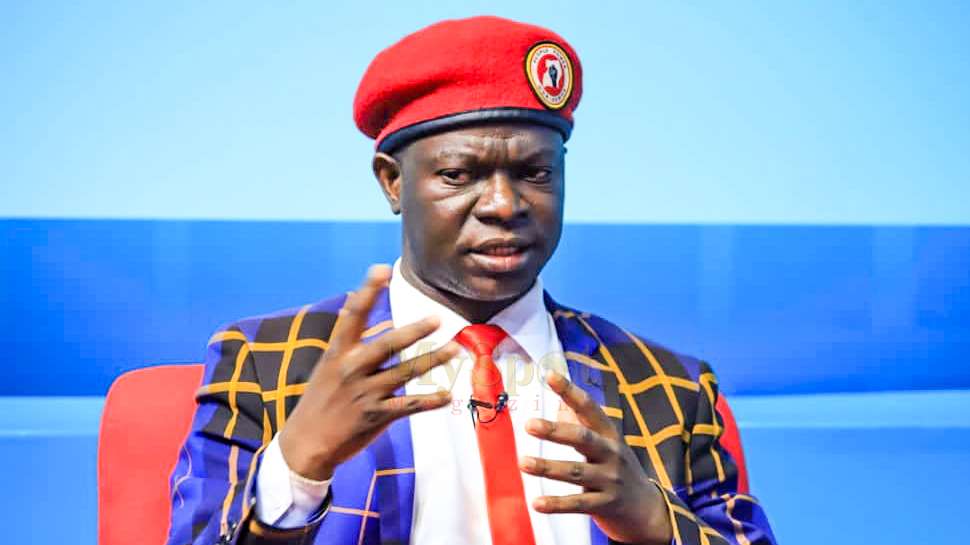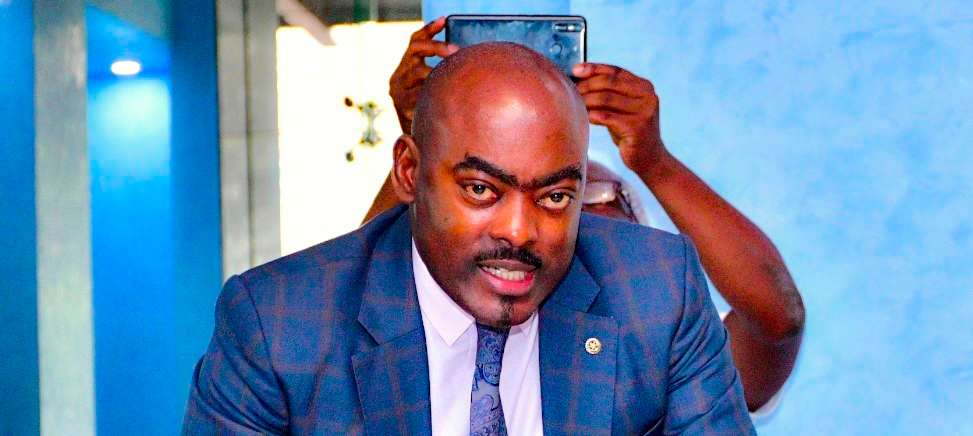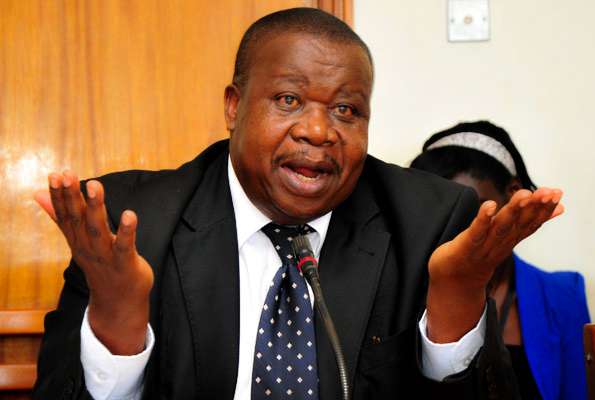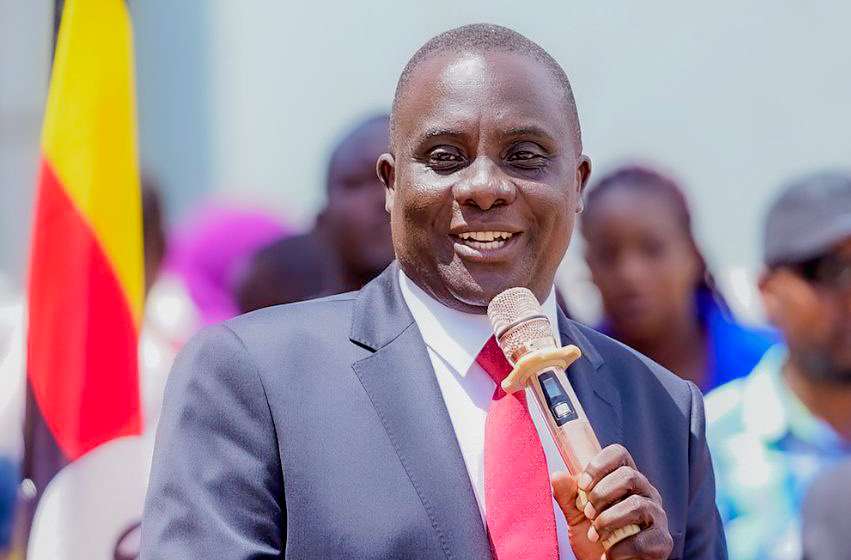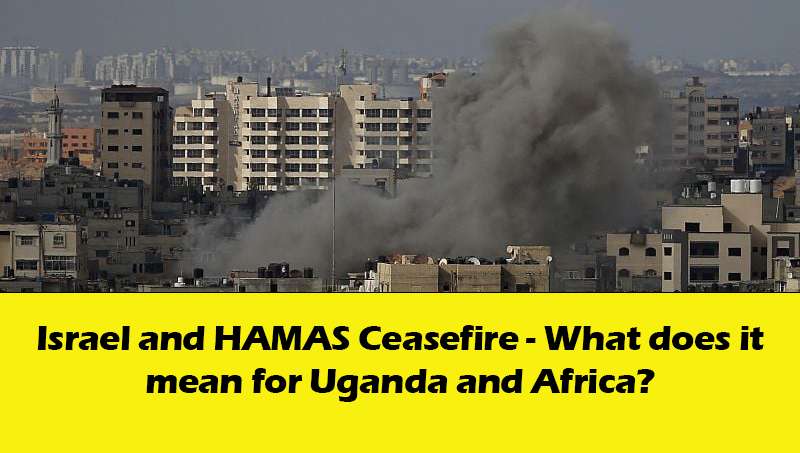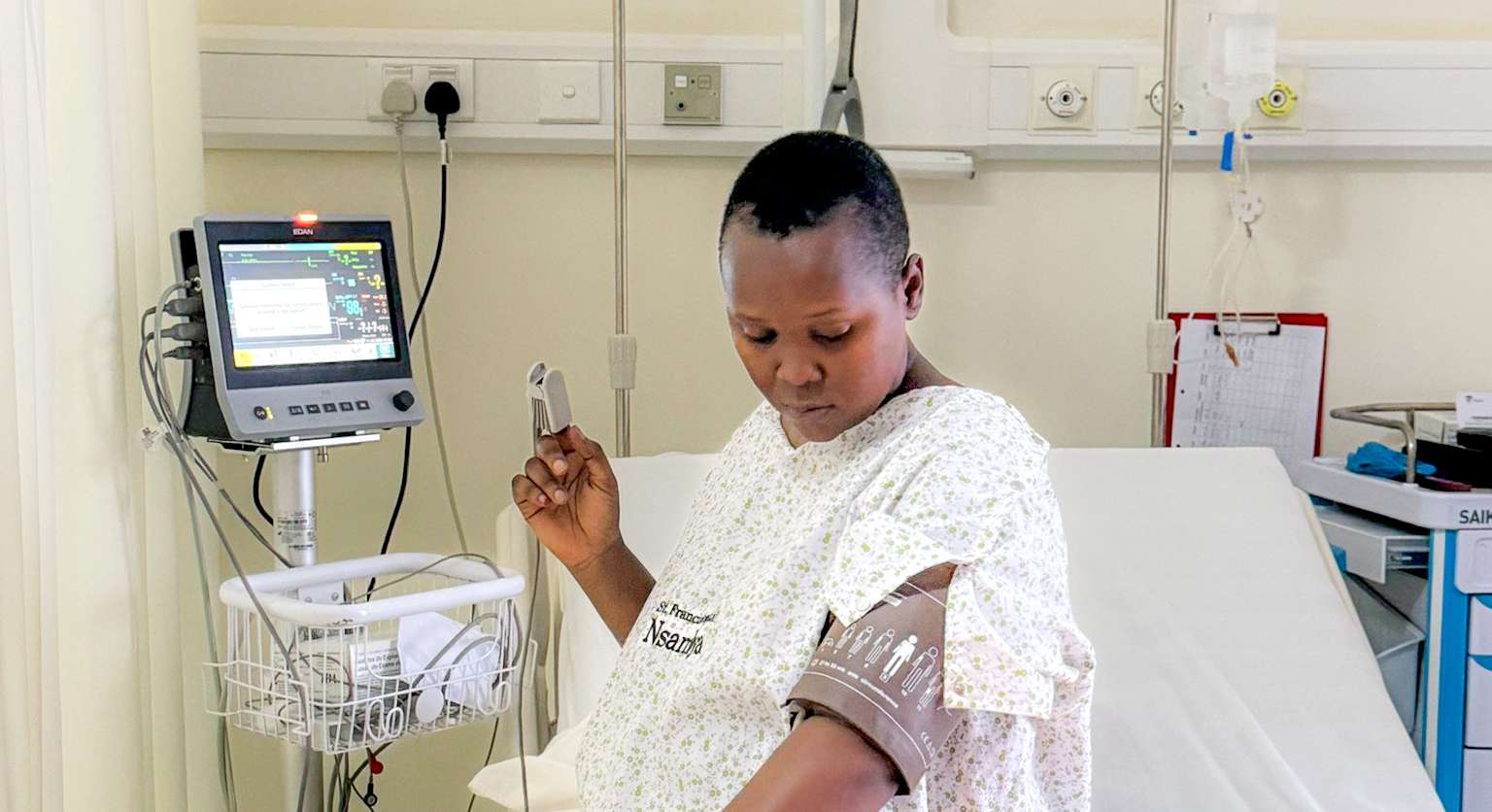Peace & Security
The Plight of Women/Girls in Karamoja & Sebei: A UNFPA Collaborative Call to Action Against FGM
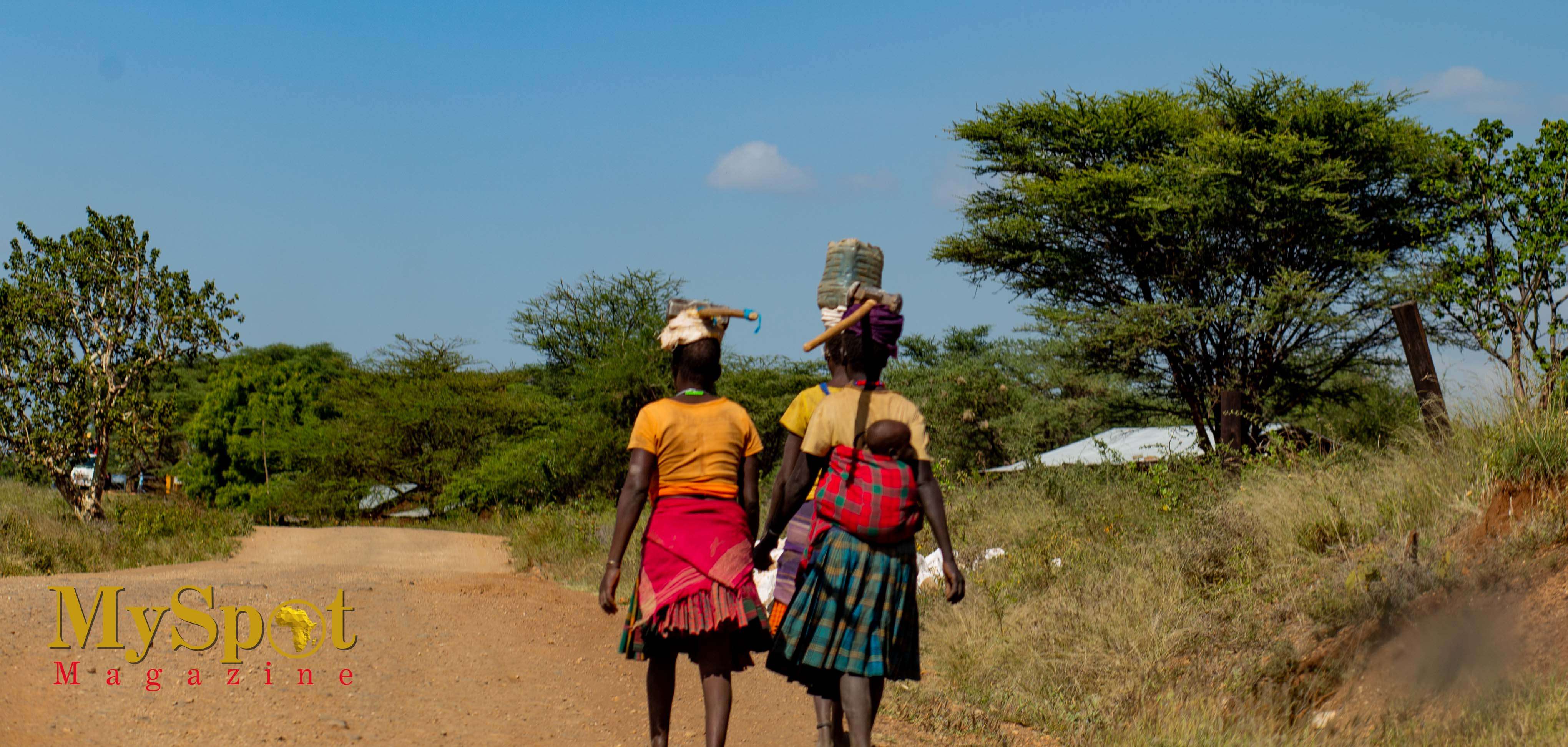
The Plight of Women and Girls in Karamoja and Sebei: A UNFPA Collaborative Call to Action
In the rugged terrain of Karamoja is a continued transformative battle against the age-old practice of Female Genital Mutilation (FGM). We spoke with Patricia Nangiro, UNFPA’s Program Analyst f(Sexual Reproductive Health and Rights and GBV), who says the mission to end FGM is a testament to the power of collective action, cultural engagement, and unwavering resolve:
FGM persists in several regions of Uganda, notably in the Karamoja districts of Nakapiripirit, Moroto, and Amudat, as well as the Sebei sub-region districts of Kapchorwa, Bukwo, and Kween. According to the 2022 Uganda Demographic and Health Survey (UDHS), the prevalence of FGM has decreased to 0.2%, down from 0.3% in 2016, thanks to the collaborative efforts of all stakeholders involved. While this decline signals progress, the deeply ingrained cultural practice remains a formidable adversary.
The practice has become increasingly clandestine, often crossing borders into Kenya's West Pokot region, presenting new challenges for surveillance and intervention. “We depend on community surveillance teams to monitor trends and notify authorities,” explains Nangiro. To address cross-border FGM, ongoing consultations through the East African Legislative Assembly (EALA) aim to establish a regional law against the practice.
UNFPA, in partnership with UNICEF, leads the largest global program aimed at eliminating FGM in 17 African and Asian countries, including Burkina Faso, Djibouti, Egypt, Eritrea, Ethiopia, The Gambia, Guinea, Guinea-Bissau, Kenya, Mali, Mauritania, Nigeria, Senegal, Sudan, Somalia, and Uganda. The Joint Programme’s interventions are implemented in collaboration with governments, and national and grassroots organizations, ensuring they are evidence-based and technically supported by UNFPA and UNICEF.
Launched in 2008 and now in its fourth phase (2022–2030), the program focuses on fostering collaborative action across all levels and sectors, striving to shift underlying social norms within affected communities. In Uganda, the program is coordinated by the Ministry of Gender, Labour and Social Development, emphasizing community engagement, legislation, and cultural reformation.
Community Engagement and Economic Strategies
Community sensitization has become a cornerstone of efforts against FGM. Advocacy initiatives empower cultural leaders, male and female action groups, and youth to speak out. These community structures foster dialogues, raise awareness, and provide training to monitor and prevent mutilation.
Cultural norms long tied FGM to economic incentives, with families believing mutilated girls command higher dowries. To counter this belief, community elders are now promoting the idea that non-mutilated girls demand better dowries—an important narrative shift supported by local surveillance groups and male action groups.
Legislative Measures and Psychosocial Support
Efforts are also underway to revise Uganda's Anti-FGM Act (2010) to better address emerging challenges. According to Nangiro, there is a pressing need for stricter laws to hold both the cutters and the families complicit in FGM accountable.
Implementing partners like ActionAid Uganda play a vital role in combating not only FGM but also early marriages and gender-based violence. In the village of Naguliet, Amudat District, psychosocial officer Susan Ikwakol leads efforts to rescue at-risk girls and provide essential support for survivors.
The human toll of FGM is profound. Survivors often face severe health complications during childbirth and sexual intercourse, and the economic burden weighs heavily on families. Nangiro states, “FGM is costly. Families pay cutters, and girls endure significant pain and health risks.”
Changing Mindsets
Cultural norms create further challenges, as women who reject FGM often face ostracism or pressure to conform. “Behavioral changes are slow,” notes Nangiro. “But through monitoring and documenting social norms, we aim to foster long-term transformation.”
Local leaders and action groups in Naguliet are pivotal in driving this change. LC1 Chair Eregebok Naleyo observes significant progress: “Unmutilated women now face less criticism,” signalling a growing awareness about the dangers of FGM.
Male Action Group leader Lorupei Gabriel shares innovative strategies being adopted: “Elders now discourage FGM by explaining to parents that mutilated girls fetch fewer cows as dowry. They emphasize that marrying a mutilated girl comes with added medical expenses, making it less desirable.”
Though progress is evident, the fight against FGM in Karamoja is ongoing. Collaborative efforts between community members, organizations, and government entities are essential to sustain momentum in transforming harmful cultural norms and ultimately ending the practice of FGM. The path ahead may be long and challenging, but the commitment to safeguarding the rights and health of women and girls remains steadfast.

